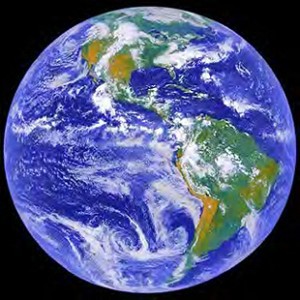Charles Dickens’ A Tale Of Two Cities begins, “It was the best of time, it was the worst of times.” Dickens wrote about life in Paris and London at the time of the French Revolution. Looking at the modern world, I get the sense that the phrase still applies. I feel like John Muir at Yosemite, in awe of the beauty of the natural world, and simultaneously, like Henry David Thoreau fighting a terrible injustice on the underground railroad. Or like Al Gore working on energy policy at “We Can Solve It . Org ”, saying “We can move to 100% clean energy in 10 years, Bill McKibben at “350.org” saying if we don’t move to a sustainable energy model the climate will keep changing for the worse, Paul Watson of the Sea Shepherd Conservation Society patrolling the seas to stop illegal whaling, Charles Moore of the Algalita Marine Research Foundation, exploring and documenting the “Great Pacific Garbage Patch,” and many others in the sustainability community, frustrated and angered by much of what we see, and yet optimistic and hopeful.
Our economy and our civilization are based on burning large amounts of coal, oil, and natural gas. Doing so converts these gases, rocks, and tar that had been underground into components of the atmosphere: carbon dioxide, water vapor, oxides of sulfur and nitrogen, and disperses various other items, including mercury, arsenic, and radionucleotides into the biosphere.
The volume we are talking about is huge. Enough such that the concentration of carbon dioxide in the atmosphere went from 280 ppm before the industrial revolution to 385 ppm today, an increase of about 37.5%. This is so dramatic that we must ask questions about the ramifications of this on the weather and the climate. We must understand the geological ramifications of pulling 75 million barrels of oil per day out of the ground, and the meteorological implications of burning, and putting into the atmosphere 43.5 million barrels of oil, and tons and tons of coal and natural gas each day. We must also understand the ecological ramifications of dispersing 31.5 million barrels of oil per day into the biosphere as herbicides, pesticides, fertilizers, and plastics.
We must also consider that these are finite resources. We will some day, sooner or later, run out of coal, oil, natural gas, and uranium. The Bruntlandt Commission’s classic definition of sustainability, quoted by the EPA, is “Meeting the needs of the present without compromising the ability of future generations to meet their own needs.” Saying “it’s ok, my kids will deal with it, will clean up the mess,” is not sustainable. Neither is it honorable.
Fossil fuels and nuclear power are not sustainable because they use fuels that are in finite supply and create vast amounts of waste that must be managed. Wind, solar, and geothermal systems, on the other hand, are sustainable because there are no fuels to burn, and no waste to manage. Wind, solar and geothermal energy systems harness naturally occurring processes. The sun shines, the winds blow, the core of the earth is hot, regardless of whether we put solar panels or wind turbines or geothermal systems in place to capture and transform some of the energy.
Burning rocks and tar sounds like a bad idea – and it is.
Harnessing natural processes, on the other hand, may be “out of the box,” but it’s also elegant, honorable, and sustainable over the long term.
